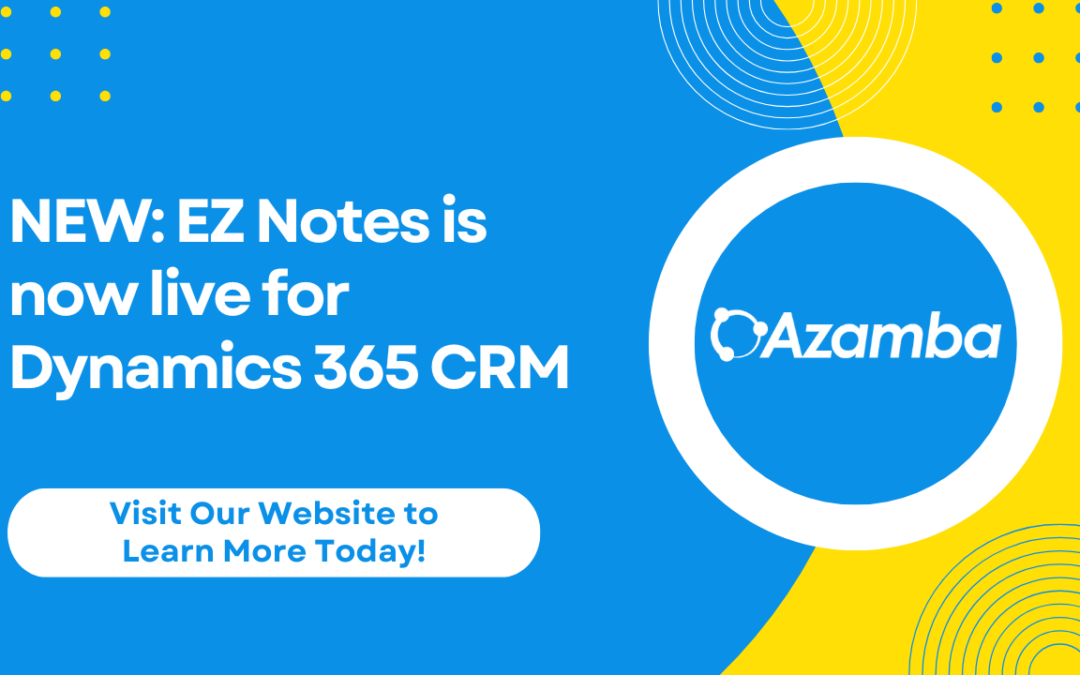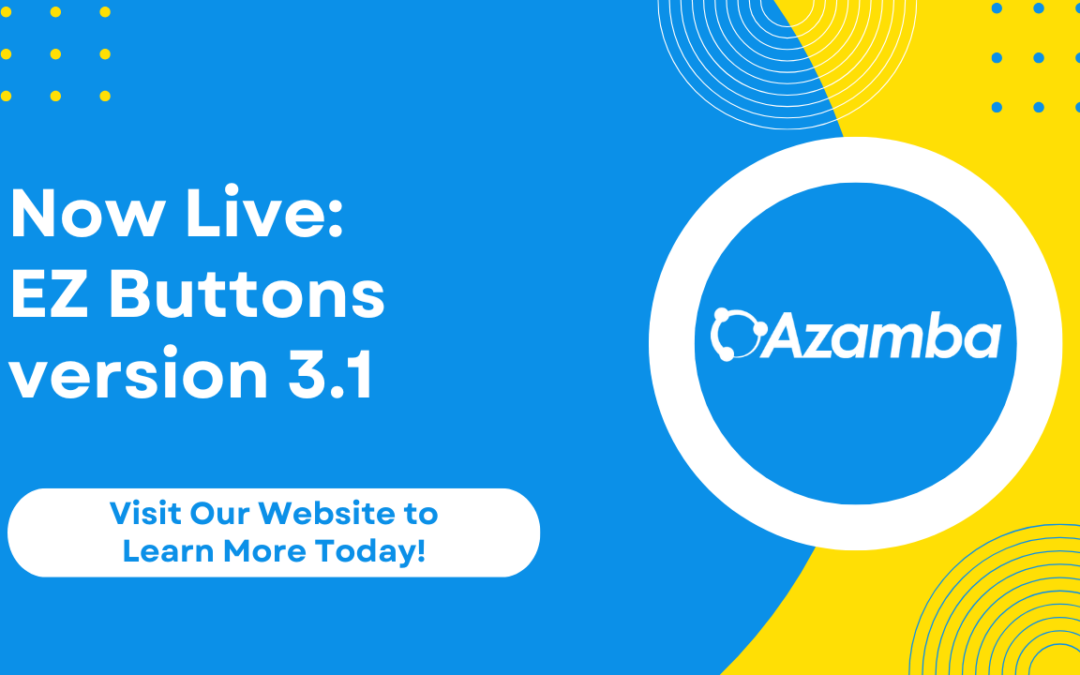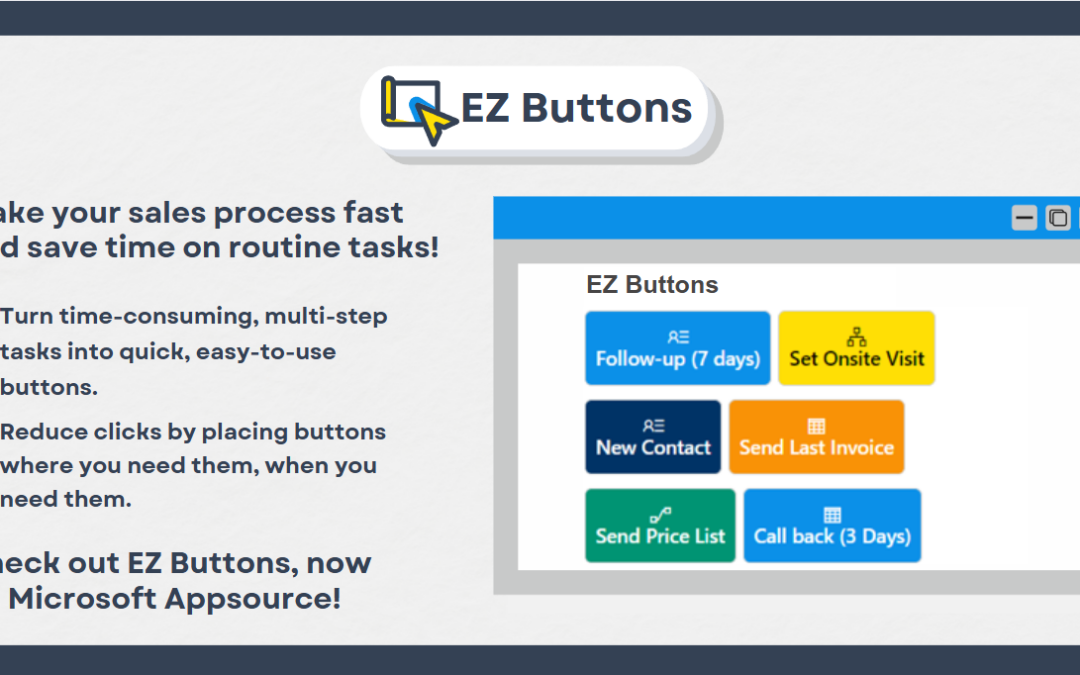The One Simple Thing That Changed My Mind about Cloud Software (and Might Change Yours, Too!)
The One Simple Thing That Changed My Mind about Cloud Software (and Might Change Yours, Too!)
What’s the big deal about the cloud?
I admit it. I’ve never been gung-ho about cloud software.
I know it probably sounds odd considering I make my living helping small- and medium-sized organizations implement business applications. After all, most business applications these days are primarily cloud-based.
So shouldn’t I be jumping up and down enthusiastically about the cloud?
The fact is that I’ve never been that excited by technology for technology’s sake.
I’m not the guy who has to go out and get the latest and greatest. Never have been. Never will be.
(And don’t get me started on Apple fanboys and fangirls waiting in line to get their newest iDevice the day it’s released.)
For me, I see technology as a means to an end. The purpose of technology is, in my mind, to solve a problem.
You might be facing problems like:
“How can I make salespeople more productive?”
“What can we do to increase customer retention?”
“How do we improve marketing and better measure our results?”
“What does my sales pipeline look like this year compared to last?”
Most of these problems can be solved by traditional on-premises software solutions in which the software, database, and other peripheral technology is installed on your server in your office.
What’s the value of the cloud for you in that equation?
Most software publishers like to talk about the technology of the cloud as if there is value to be found in the simple fact of being in the cloud. If you’re like me, that assumption has never been very persuasive. It certainly didn’t make me, as a business owner, want to invest in moving my systems to the cloud.
So what changed my mind? What made me accept, and even embrace, the cloud?
Business goals matter
For a bit of perspective, I want to admit something publicly. And there’s no easy way to say it, so here it is:
I turned 50 last year.
I didn’t have a mid-life crisis and buy myself a Porsche or anything dramatic. But I did find myself thinking about and reflecting on what drives me and how I spend my time.
What I realized was that I am fortunate in that I still love what I do. I want to do more of it, and I want to do it “better.”
For me, “better” means I spend more of my days productively in pursuit of my mission, and fewer on the things outside that mission.
What is my mission?
My mission, my company’s mission, is to help small- and medium-sized businesses reach their goals effectively and efficiently through the use of CRM software. Specifically, that’s Microsoft Dynamics 365 Customer Engagement (formerly named Dynamics CRM) and Sage CRM.
Spend time on what matters most
As I said above, I’ve been thinking about this mission a lot leading up to my big five-oh, and I have really zeroed in on how we can help clients reach their goals more effectively and efficiently.
Plain and simple, fixing technology-related issues in on-premises software is a distraction from that mission.
“
Migrating from on-premises to the cloud comes down to this:
Less time spent on keeping everything working, and more time spent on achieving key business goals.
”
If you are my client and we are spending our time talking about why the server upgrade broke your CRM implementation, or why you suddenly can’t print your reports, or why your database is asking for a re-synch, that’s time away from discussing those bigger goals you have—the goals that will help you succeed in your mission.
I’ve been doing this long enough that I don’t think any technology, whether it’s in the cloud or not, will ever be completely bug-free. There will always be break/fix type of work to do.
But one thing that I’ve seen first-hand is that cloud software has fewer problems with the basic bugs and environmental headaches that seem to plague some on-premises installations.
So, for me, migrating from on-premises to the cloud comes down to this:
Less time spent on keeping everything working, and more time spent on achieving key business goals.
As long as you set good goals, you’ll be in position to transform your organization into a leaner, meaner, and more profitable business.
The power of the cloud
If you are like me and you see technology as a tool to do the job, the idea of the cloud becomes powerful.
 It’s the difference between a wood-burning fireplace and a gas furnace.
It’s the difference between a wood-burning fireplace and a gas furnace.
Cloud software is the gas furnace. You want your house warm, you turn a dial and set it to the temperature you would like. Then you go about your business.
Cloud software works just like that. Turn it on and get going about your business.
Contrast that with the wood-burning-fireplace nature of on-premises software: Chop or buy wood, load the fireplace, start the fire, stoke the fire, keep the fire going in an endless loop until the weather warms up.
A wood-burning fireplace will absolutely keep you warm, but you’ll need to spend more time and resources ensuring that fire stays hot, and it’s a much more localized solution.
Should you move to the cloud?
I’m not suggesting that the cloud is for everyone.
There are definite advantages to on-premises software—particularly if you want more control of your environment for legal, security, or technical reasons.
And it’s hard to beat the performance of on-premises installations. Our customers using Sage CRM on premises might not realize this because they don’t have a comparison point, but…man oh man, their users can get around the system FAST.
Because of these factors, as well as the technology requirements of Sage CRM, we will continue to support Sage CRM customers with on-premises installations or hosted Sage CRM in the cloud.
But for Microsoft Dynamics 365 Customer Engagement customers, the cloud is the more compelling choice. Your system will always be up-to-date, much of your basic break/fix support will happen completely behind the scenes, and you will be free to focus on your mission.
That’s not technology for technology’s sake. That’s real value.
How to move to the cloud with Dynamics 365
If you currently use Microsoft Dynamics on-premises, I encourage you to call your partner, or reach out to us, to discuss what a migration to the cloud with Microsoft Dynamics 365 looks like and what your specific benefits would be.
Microsoft Dynamics 365 is far more powerful (and mobile!) when you move to the cloud. So for most businesses that use Dynamics, the cloud is the clear choice!
Is yours one of them?
Azamba Launches EZ Notes: A Smarter, Simpler Way to Take and Manage Notes in Dynamics 365 CRM
Chicago, IL – [March 19th, 2025] - Are messy, disorganized notes wasting your team’s time and leaving critical details lost in the shuffle? Do you spend more time searching for information than acting on it? EZ Notes is here to end the frustration and take the chaos...
Powerful New Updates to Accelerate Sales for Microsoft Dynamics 365 CRM Users
Chicago, IL – [March 5th, 2025] – Azamba is excited to announce the release of EZ Buttons 3.1. This powerful CRM Add-On for Microsoft Dynamics 365 simplifies tasks and makes CRM a breeze to use. With this CRM Add-On, you will work faster and smarter with less...
Azamba releases EZ Buttons 3.0!
Chicago, IL – [November 20th] - We are thrilled to bring you EZ Buttons 3.0, a game-changing update packed with powerful tools to streamline your sales process and help you get more done, faster. With EZ Buttons, turn time-consuming, multi-step tasks into quick,...
Microsoft Dynamics 365 Business Central + CRM Integration Demo | Dynamics Deep Dive Series
Stay Connected Without Switching Systems If your team is jumping between tools just to get a full picture of a customer or transaction, you’re losing time. You might even be missing opportunities. The integration between Microsoft Dynamics 365 and Business Central...
How to Track Your Goals and Metrics in Microsoft Dynamics 365 CRM | Dynamics Deep Dive Series
Set and Track Your Goals, All From CRM Goal tracking shouldn’t require extra work. If your team is still updating spreadsheets or switching between apps just to see where they stand, it’s time for something better. With Dynamics 365, you can monitor performance,...
Why MSP’s Should Add CRM to Their Solution Portfolios
We’re entering a new era in CRM All the old reasons for customers buying CRM are still valid but the advent of AI is making the case for renewed interest in CRM. To modify an adage, “If it’s interesting to my customers, then it is fascinating to me!”. AI is...
Boost Your MSP Earnings with Strategic Partnerships
Time is money, we’ve been told since childhood The idea is that people should focus their attention on the things that bring value to them and avoid the things that don’t. Since time is a precious resource, it makes sense to try and maximize its utility as it’s the...
CRM Launch in 5 Weeks – Get Results Fast!
New to CRM? Get it Right from Day One CRM is no longer a luxury. It’s an essential tool for businesses that want to stay competitive, responsive, and move fast. But for a lot of businesses, CRM quickly turns into a nightmare. Imagine this: You spend thousands of...
How Most CRM Projects Fail & Yours Won’t | CRM Strategy
Stop The Risk of Failure Before It Starts Did you know that, according to a Gartner study, between up to 70% of CRM implementations fail? If you're a small or medium-sized business, this can seriously impact your budget, and you could lose out on profitable...
Do This to Avoid Wasting Time and Money With Your CRM
CRM Strategy: The Key to Avoiding a Costly Mistake CRM can either be a game-changing investment for your business or a massive waste of time and money. The difference depends entirely on your approach. Like many businesses, you want to boost sales, increase customer...
Peter Wolf is the president and founder of Azamba. He has spent the last 20 years focused on helping small and medium-sized businesses become more profitable through effective and efficient usage of CRM.
His passion is blending the promise of CRM with the realities of business needs to create successful outcomes.
Related articles:

Azamba Launches EZ Notes: A Smarter, Simpler Way to Take and Manage Notes in Dynamics 365 CRM
Chicago, IL – [March 19th, 2025] - Are messy, disorganized notes wasting your team’s time and leaving critical details lost in the shuffle? Do you spend more time searching for information than acting on it? EZ Notes is here to end the frustration and take the chaos...

Powerful New Updates to Accelerate Sales for Microsoft Dynamics 365 CRM Users
Chicago, IL – [March 5th, 2025] – Azamba is excited to announce the release of EZ Buttons 3.1. This powerful CRM Add-On for Microsoft Dynamics 365 simplifies tasks and makes CRM a breeze to use. With this CRM Add-On, you will work faster and smarter with less...

Azamba releases EZ Buttons 3.0!
Chicago, IL – [November 20th] - We are thrilled to bring you EZ Buttons 3.0, a game-changing update packed with powerful tools to streamline your sales process and help you get more done, faster. With EZ Buttons, turn time-consuming, multi-step tasks into quick,...

Powerful New Updates to Accelerate Sales for Microsoft Dynamics 365 CRM Users
Chicago, IL – [March 5th, 2025] – Azamba is excited to announce the release of EZ Buttons 3.1. This powerful CRM Add-On for Microsoft Dynamics 365 simplifies tasks and makes CRM a breeze to use. With this CRM Add-On, you will work faster and smarter with less...

